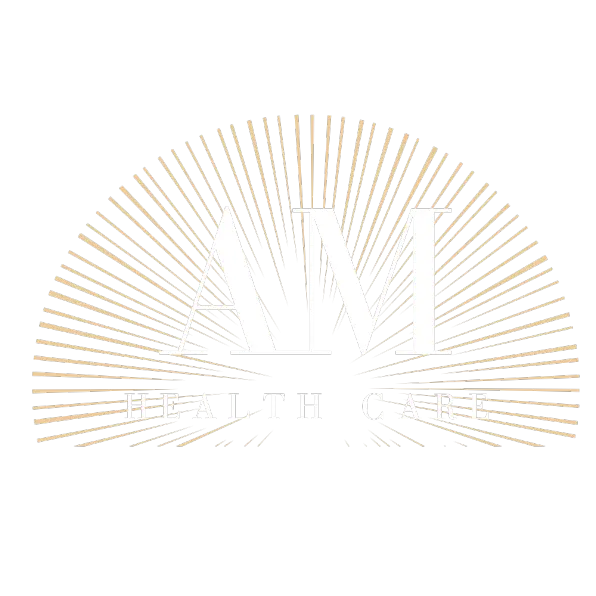There is no denying that it will be a unique experience going back to school this fall. For high schoolers and college bound students, a large majority of classes will be remote and there are, of course, many new stressors with the onset of the COVID-19 pandemic. Not surprisingly, quarantining and social distancing has been shown to take a toll on young people’s mental health, leading to legitimate addiction concerns as we enter the new year.
Several sites have reported on the potential addiction risks for students in 2020. Minnesota Fox affiliate KMSP even devoted an entire on-air segment to the topic, with an emphasis on alcoholism and drug abuse. In the piece, Betty Ford Foundation director Jessica Wong spoke at length about warning signs and coping mechanisms for teen students.
“We are certainly seeing an increase in anxiety among young people during this time,” Wong told KMSP anchors. “We are also seeing an increase in depression and what we tend to see in young people is when they’re feeling this way, they look for a way to cope. Unfortunately, one of the first things they do in that situation is turn to drugs and alcohol, particularly substances that might be available in the home.”
Wong definitely hits on an important point. As we have seen through recent research, alcohol abuse has shot up dramatically since the coronavirus quarantining began taking place. That means that beer, wine and liquor are much more accessible in the household and, in turn, more available for young people to consume.
To help problem solve, Wong went on to describe tips that parents can use to determine whether their children may be steering towards substance abuse.
“I think structure is really a key word when looking at this situation,” Wong added. “There is definitely a loss of structure as children adapt to learning at home. My advice is to look for any changes in your child’s behavior that seems immediate. If there are sudden changes in sleeping patterns, for example. Even things like diet. Watch it all closely and if you’re noticing changes, make a point to investigate things further.”
It definitely appears as though children from the ages of 13-18 could be at the highest risk, though it is certainly possible for these trends to emerge in kids both older and younger. Our advice, like Jennifer’s, is just to keep a close eye on behavioral changes and reach out for support if it looks like there’s a problem.
You can watch the full KMSP “Back To School Addiction” segment below…







